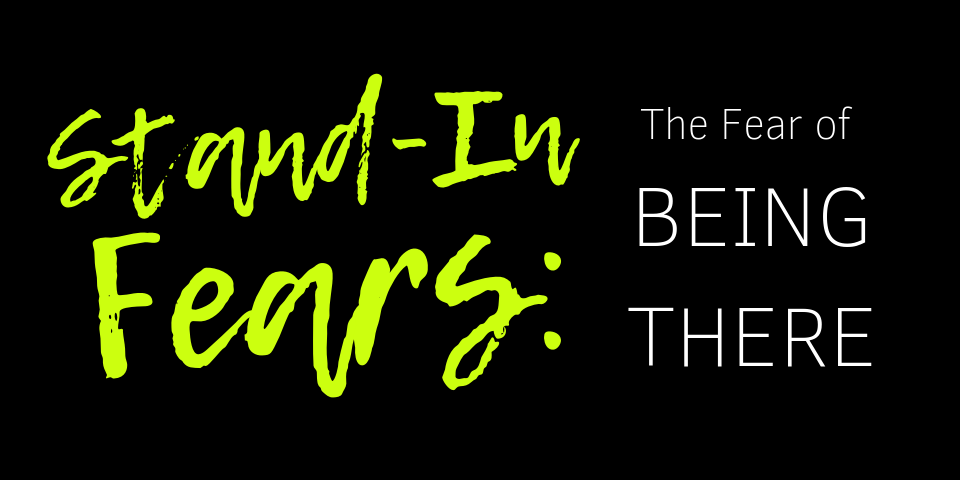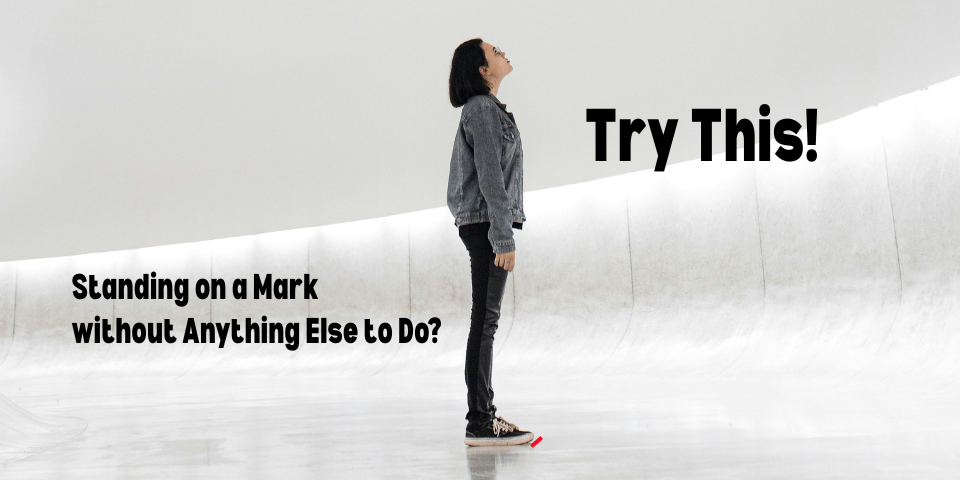For many people who work in television and film, developing confidence on a set takes time and experience. Some people are gifted with an admirable lack of fear and navigate sets effortlessly and confidently. Others don’t “learn” to fear anything on set until one frightening encounter with a crew member. And others seem to never get over having regular fear when working on set.
Stand-ins — especially those new to working on a TV or film set — are not immune from feeling fearful. In this new series from Stand-In Central titled “Stand-In Fears,” we cover some of the fears that stand-ins express, and some pointers on how to try to work to overcome them.
— The Editor
You’ve probably been there.
You’re on a set just after marking rehearsal happened. You’re not really sure where you’re supposed to be. No one asked for second team to stand on their marks, and the crew is lugging around a lot of equipment around your marks so it probably is wise to stay away.
Just then, a crew member from behind is trying to wheel in a dolly through the doorway where you’re standing.
“I’m sorry,” you say, cowering off to the side, feeling as if you were a dummy for standing right where the dolly needed to come through. You then find a new place to stand, that seems like a much safer place to be.
But just then, another crew member approaches where you are now and says, “Can you move? I need to set up a stand here.”
“I’m sorry,” you say again, and you scurry off to find another place, further embarrassed that you still couldn’t find a safe place to be.
The thing is, though, it doesn’t have to be this way.
You don’t have to be afraid of standing on set. And there are some ways to overcome that fear.
“The Fear of Being There”
Stand-ins who have a “fear of being there” — maybe call it an “on-set existential fear” — show this by being on set and also frequently saying “I’m sorry” when asked by another crew member to move.
Many of these stand-ins may operate under a false belief that they do not belong on set or where they are standing, so when they are asked to move (especially if the tone of voice is harsh), they think they are wrong for being there.
So, when they are asked to move, they go to saying “I’m sorry” rather than something like “Sure thing,” “Okay,” “Alright,” or something more obliging.
Addressing the Fear of Being There
To address this fear, stand-ins need to understand that usually they have just as much right to be on a set as another crew member working on set.
Furthermore, stand-ins need to understand that a set is a dynamic place, so there usually is no one, “right” place to stand or be. You might be on your mark, and you might think you are safe from having to move from there, but then a ladder needs to come in to fix a light above you.
Other Tips for Addressing the Fear of Being There
Taking the advice from an earlier post on Stand-In Central to “never settle” helps to address the false belief that there is a right place to be on set if you could only find it.
If you decide on set to “never settle,” you will keep buoyant about any place where you stand, sit, set your belongings, etc. That place could move, or you could have to move.
Deciding to never settle when you are on set helps to keep you from getting attached to where you are.
When you adopt that approach to being on set, you can more quickly and understandably address sudden changes in requirements where you need to be or leave.
Conclusion
By addressing your fear of being there when you are on set, and overcoming it, then the next time a crew member asks you to move, you don’t make yourself feel bad as reflected in the statement “I’m sorry.”
Instead, you recognize that the set is a dynamic environment where we all have a right to be, and where we occasionally need to make accommodations for others in order for them to do their work.
Have any other advice for addressing the fear of being there? Did the advice in this post help you? If so, share your comments below!







Leave A Comment